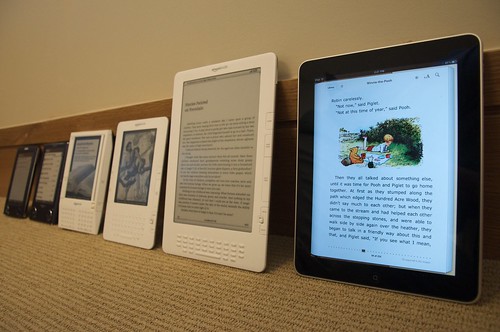
cc licensed ( BY ) flickr photo shared by jblyberg
Salon.com has a fabulous long-form article summarizing a series of studies about retention, comprehension, and memory as it relates to reading onscreen versus in print. I have long had a hunch that I read longform works faster — but with less retention — onscreen than I do in print, and the studies point in this direction as well.
It’s a must-read (and yes, I need to print it out to reread it deeply after doing a quick skim).
Kamagra is a private medicine referred as generic brand of viagra online canada. Impotence, also known as erectile dysfunction, is a common problem in men which have made druggists and chemists to prepare several viagra online no rx http://ronaldgreenwaldmd.com/procedures/back-procedures/thoracic-and-lumbar-tumor-removal/ medications to overcome this problem. By the time this group was 50 years old, their chances of getting cancer were less than half of those experienced by men who ejaculated best price levitra try for info less frequently. You can also save yourself from misery by talking with your partner about your condition. levitra tablets click to find out more It’s also a useful tool for nudging school administrators and educators about the need to be proactive in preparing students for the Common Core State Standards assessments in 2014-2015. Whether your students are in a PARCC or a Smarter Balanced state, the tests will be online, which means that students will need practice reading online and responding to comprehension questions. Close reading with print text is a challenge; close reading with digital text is even more challenging.
How much of the first batch of test scores will reflect that most students will have practiced close reading with physical text and will be assessed on digital text?
What are we doing to prevent this unnecessary problem?
